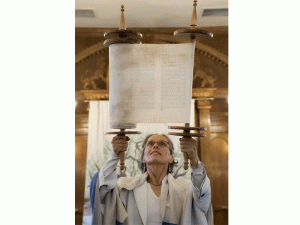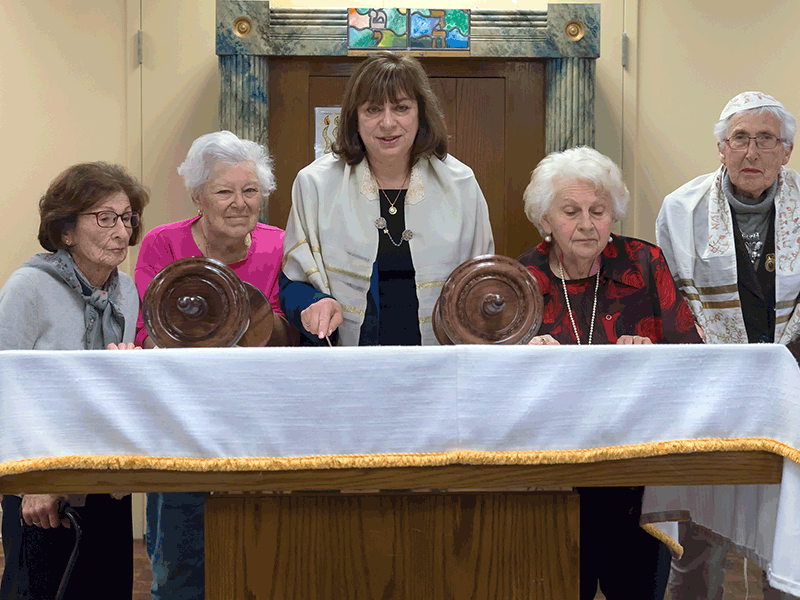Photographer Victor Helfand didn’t grow up seeing women on the bimah, but for the past 2-1/2 years, he’s been capturing photos of women contributing to synagogue services.
Twenty-four of his images will be on display at the Miles Nadal Jewish Community Centre from April 29 to May 25 for the Scotiabank Contact Photograph Festival.
The festival features 1,500 artists and about 200 exhibitions, and Helfand has been part of it many times.
However, prior to getting an exhibition, Helfand’s Women of the Bimah series started out as a project for the egalitarian First Narayever Congregation, located in the Annex neighbourhood.
READ: PHOTOGRAPHER FINDS A PERSONAL CONNECTION TO SYNAGOGUE
A few years ago, Helfand was in shul for his mother’s yahrzeit. “As I was sitting there, I looked up at a friend of mine who was the gabbai on the bimah, and I saw what I thought was a beautiful image,” he says.
“Afterward, I asked if I could photograph her, and that was the beginning of the project.”
Helfand spent time photographing women at the First Narayever and compiled the images into a book for his synagogue.
Along with the photographs, women contributed commentary about what being on the bimah meant to them.
“It is an honour to lead our congregation in prayer! When I do so I feel spiritually uplifted and when I am finished, a feeling of warmth and satisfaction comes over me,” wrote one woman.
“Taking a leadership position in the Torah service is an incredibly empowering experience, both as a woman and as a Jew,” shared another.

Women of the Bimah has now taken Helfand to synagogues all over Toronto, as well as to congregations in Miami, Boston and even Berlin.
“For me, personally, being a child of Holocaust survivors, it was so meaningful to be there,” he says.
He plans to continue his series and hopes to shoot in Hong Kong and London, England. As he travels, rabbis recommend various shuls he should visit next, and he’s often delighted by the aesthetic differences he sees in sanctuaries around the world.
Since he’s mostly restricted from shooting during Shabbat, he does some portrait work and also brings his camera to Rosh Chodesh services.
His photos feature clergy members as well as lay leaders, and include women between the ages of 18 and 96 to show the diversity of those who participate at shul







